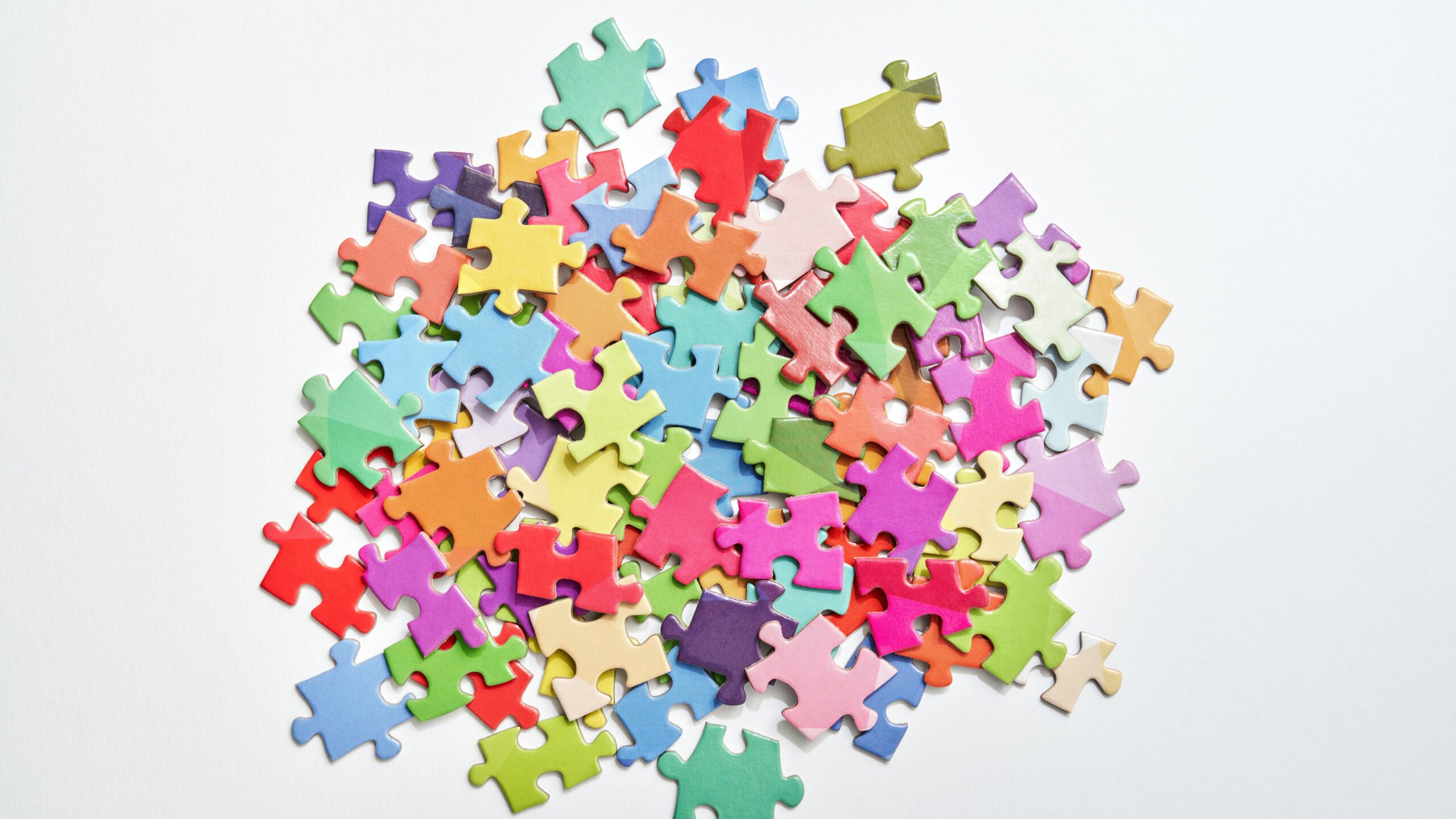Patience is often described as a quiet strength, yet in today’s fast-paced world, it feels more like a rare skill. The constant demands of work, relationships, and personal responsibilities make it easy to fall into frustration when things do not go as planned. However, learning to cultivate patience is more than simply “waiting calmly.” It is about developing emotional resilience, practicing mindfulness, and creating space for growth in every area of life. When we approach challenges with patience, we not only reduce stress but also improve the quality of our relationships, decision-making, and overall well-being.
Understanding the Value of Patience
Patience is not about suppressing emotions but about responding thoughtfully instead of reacting impulsively. A patient person knows that setbacks, delays, and mistakes are part of the human experience. This perspective helps build healthier habits, manage expectations, and create a sense of inner calm. In both personal and professional environments, patience supports better communication, stronger relationships, and clearer thinking. It allows us to pause, reflect, and act with wisdom, making it a critical life skill for anyone seeking long-term growth.
Practicing Mindfulness in Daily Life
One of the most effective ways to develop patience is through mindfulness. By being fully present, we notice our emotions without being consumed by them. For example, when waiting in traffic or dealing with a difficult conversation, practicing mindful living allows us to observe frustration as it arises and gently redirect our attention. Mindfulness reduces emotional disconnection, creating space for a calm and intentional response. Simple practices like deep breathing, body awareness, or short meditation sessions can help strengthen this ability, making patience more natural in daily interactions.
Reframing Delays as Opportunities
Impatience often arises when we feel powerless over time. However, moments of waiting can be reframed as opportunities for reflection, creativity, or rest. Instead of seeing delays as wasted time, use them for personal enrichment—listening to a podcast, practicing gratitude, or checking in with your emotions. This mindset shift is a form of autoajuda that helps transform frustrating experiences into meaningful ones. Over time, this practice trains the mind to associate patience with growth rather than discomfort.
Building Healthy Habits Around Patience
Just like any skill, patience can be strengthened through intentional habit formation. One effective method is to set small daily challenges where patience is required. For instance, allowing a conversation to unfold without interrupting, eating meals slowly, or dedicating a few minutes to silent reflection before starting work. These small acts of gestão de hábitos gradually rewire the brain to embrace patience as a natural state. The more we practice, the more resilience we develop when facing larger challenges that test our endurance.
Practicing Empathy in Relationships
Impatience often emerges when others do not meet our expectations. Whether in personal life or professional settings, recognizing that everyone has their own pace is essential. By practicing empathy, we become more patient listeners and more compassionate partners, colleagues, and friends. This shift not only improves communication but also deepens trust. When we extend patience to others, we strengthen bonds and create an environment where growth and understanding can flourish.
Accepting What You Cannot Control
A major cause of impatience is the desire to control situations beyond our reach. Developing patience requires acknowledging that uncertainty is part of life. Accepting what we cannot change frees us from unnecessary frustration and brings peace. Instead of resisting delays or outcomes, focus on what can be managed—your mindset, your effort, and your response. This simple yet profound shift supports mindful living and makes it easier to maintain balance even in challenging circumstances.
The Long-Term Benefits of Patience
Patience is not only a short-term coping strategy but also a long-term investment in personal and professional growth. Individuals who cultivate patience tend to make wiser decisions, build stronger relationships, and experience less stress. In careers, patience leads to perseverance, allowing people to stay committed to their goals despite setbacks. In personal life, it enhances emotional well-being, deepens connections, and fosters greater self-awareness. Over time, patience becomes a guiding principle that aligns with mindful living and meaningful growth.
A Path Toward Inner Peace
Patience is not about perfection; it is about progress. Each moment of pause, reflection, and mindful response builds a foundation of emotional strength. By integrating mindfulness, empathy, and healthy habits, patience becomes more than a skill—it becomes a way of life. In both small moments of waiting and larger challenges of endurance, patience offers us the freedom to live with intention, compassion, and balance. When we embrace patience, we cultivate not only healthier relationships and professional resilience but also a deeper sense of inner peace.
